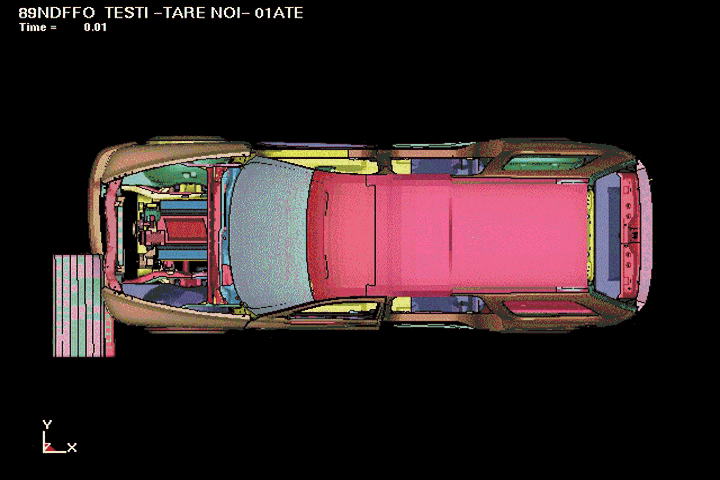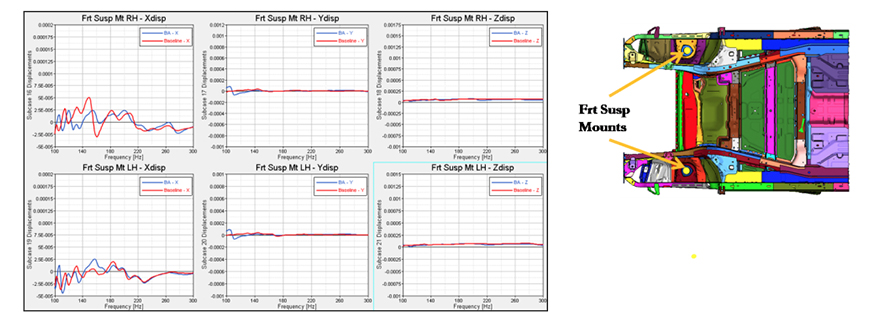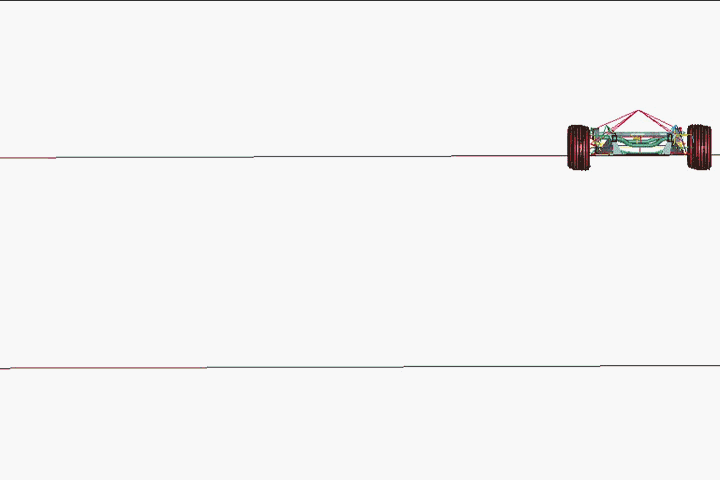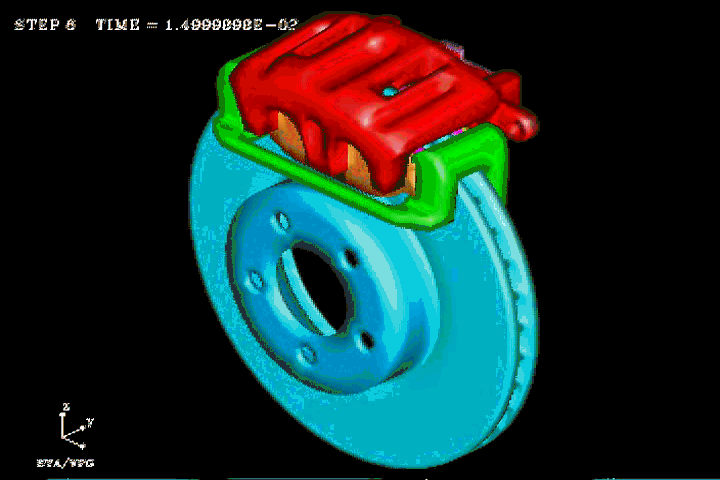Worksbot offers consulting services for various stages of virtual product development. They remain as the leading provider of product design and development solutions (CAE, CAD, and Engineering Design) along with FEA software tools. Worksbot proudly serves the automotive, aerospace, energy/power, electronic packaging, and biomedical industries.
Worksbot’s engineering services team specializes in all of the major attributes of CAE structural analysis, such as; crash and safety, noise, vibration and harshness, durability, vehicle dynamics, and real-time issues where loading and stresses/deflections are involved. The team has experience with numerous full vehicle programs including passenger cars, buses, and trucks. Along with managing project costs, timing forecasts, conceptual design, CAE analysis, manufacturing, test, validation, homologation, and product release.
Worksbot utilizes CAE simulation through traditional methods or while using their own propriety patented technology – Accelerated Concept to Product Process (ACP Process) and Virtual Proving Ground Process (VPG Process).




